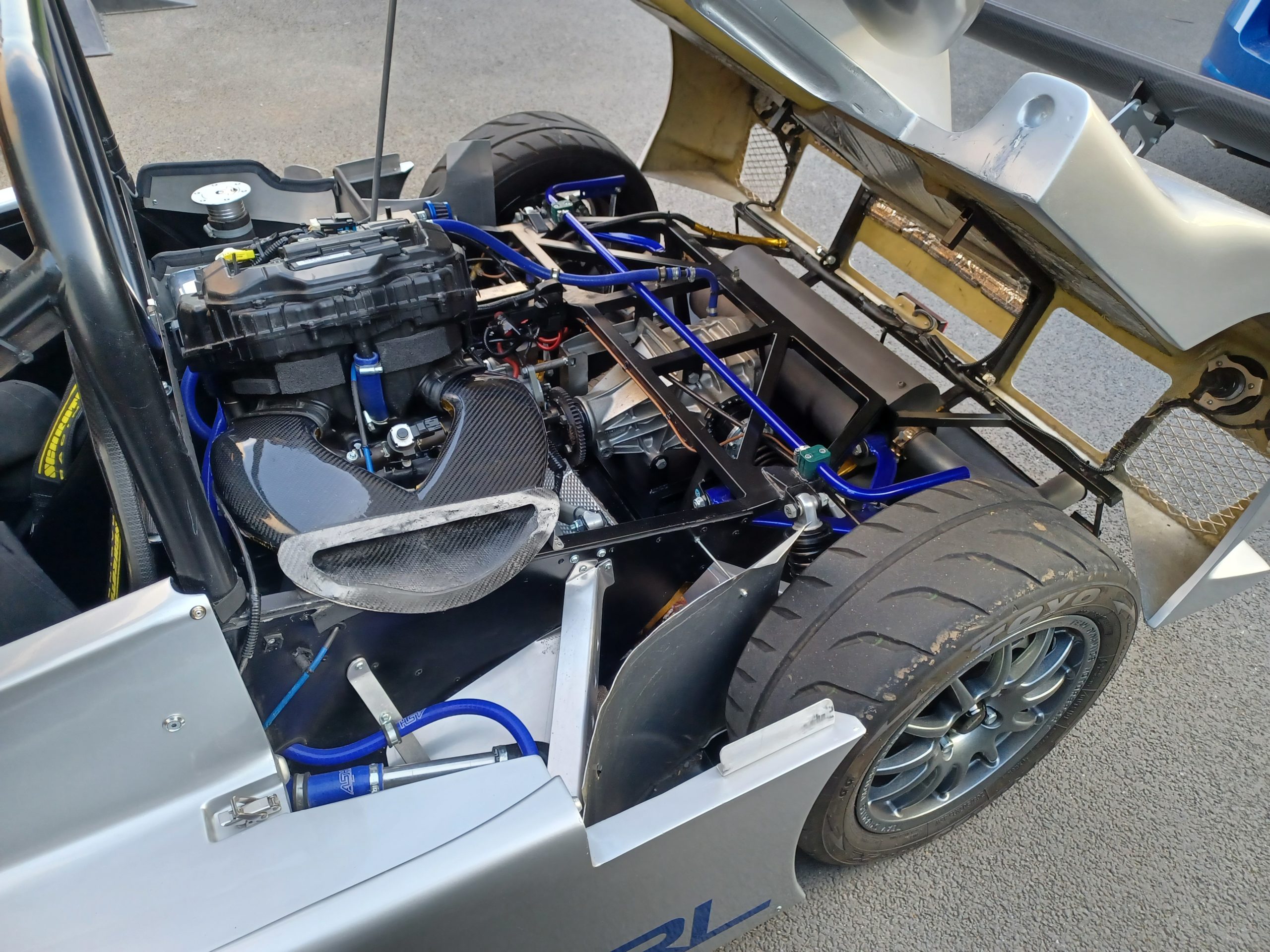In the realm of high-performance track-focused sports cars, the choice of powerplant is critical to achieving the desired balance of performance, reliability, weight, and availability. The Honda CBR1000RR engine, a legendary force in the motorcycle domain, emerges as a prime contender for powering such a vehicle. This comprehensive discussion delves into the multifaceted reasons that justify considering the CBR1000RR engine as the quintessential heart for a lightweight sports car. Analyzing its attributes against the backdrop of low cost, high reliability, low weight, high power output, and a readily available supply sheds light on its potential to redefine the landscape of track-focused driving.
Section 1: Low Cost and High Value
When embarking on the development of a track-focused sports car, cost is a paramount consideration. The CBR1000RR engine, originally designed for the motorcycle market, possesses a distinct advantage in terms of cost-effectiveness. Leveraging the economies of scale already in place for motorcycle production, the transition to automotive use could yield cost savings that translate into an appealing value proposition for both manufacturers and end-users. By utilizing existing manufacturing infrastructure and supply chains, the cost per unit could be significantly reduced, making the overall package more accessible to enthusiasts seeking high-performance thrills on the track. Complete engines needing minimal work with intake, airbox, wiring loom intact should cost you in the region of £3-4000.
Section 2: The Pillars of Reliability
Reliability is a cornerstone of any performance-oriented vehicle, and the CBR1000RR engine exemplifies Honda’s commitment to engineering excellence. Renowned for its robustness in motorcycle applications, this engine has undergone rigorous testing and refinement, ensuring its ability to withstand the demands of high-revving performance. When transplanted into a lightweight sports car, this proven reliability minimizes the risk of mechanical failures and unforeseen breakdowns on the track. This inherent dependability not only enhances the driving experience but also contributes to the longevity and sustainability of the vehicle.
Section 3: The Essence of Low Weight
Weight is an adversary that can compromise the agility and performance of a sports car. In this context, the CBR1000RR engine’s lightweight design, initially tailored for motorcycle applications, becomes a strategic asset. By adhering to the principles of minimal mass, the engine’s compact dimensions and efficient engineering contribute to a low overall weight, thereby optimizing the power-to-weight ratio. This weight advantage translates into improved acceleration, sharper handling, and superior cornering capabilities, elevating the driving experience to new heights on the track.
Section 4: Unleashing High Power Potential
Central to the identity of any high-performance sports car is its power output. The CBR1000RR engine boasts a rich history of delivering substantial horsepower and torque figures in the motorcycle domain. With its inline-four configuration and high-revving nature, this engine has consistently demonstrated its capacity to generate impressive power. When transposed into the realm of automotive engineering, this power potential could serve as the catalyst for exhilarating acceleration and blistering lap times. The synergy between the engine’s inherent capabilities and the lightweight sports car’s aerodynamics and handling dynamics could redefine track-focused performance.
Section 5: A Bounty of Supply and Availability
In the pursuit of constructing a performance-oriented vehicle, the supply and availability of powerplants play an instrumental role. The CBR1000RR engine draws upon Honda’s well-established production infrastructure catering to the motorcycle market. This pre-existing supply chain not only ensures a consistent source of engines for initial production runs but also guarantees a seamless supply of replacement parts for maintenance and repairs. The availability of engines, coupled with Honda’s reputation for mass production, reduces the challenges associated with sourcing and servicing, thereby contributing to the long-term viability of the lightweight sports car.
Conclusion:
The Honda CBR1000RR engine stands as a testament to Honda’s engineering prowess and commitment to excellence. Its candidacy as the optimal powerplant for a lightweight, track-focused sports car is underscored by its attributes, encompassing low cost, high reliability, low weight, high power output, and a readily available supply. While the adaptation of a motorcycle engine for automotive use may present engineering challenges, the potential benefits it offers are undeniable. By embracing the CBR1000RR engine as the beating heart of a track-focused sports car, automotive enthusiasts could witness the fusion of motorcycle-inspired performance and automotive engineering ingenuity, culminating in a driving experience that transcends the ordinary and redefines the boundaries of track mastery.

